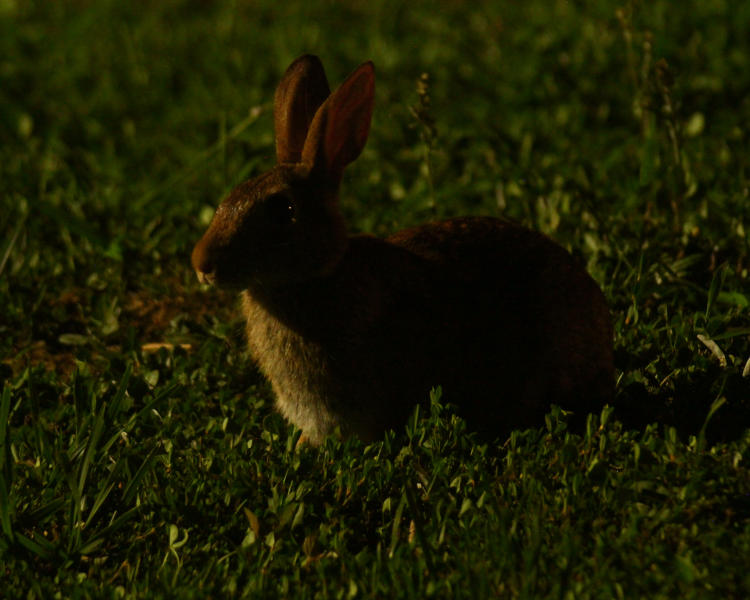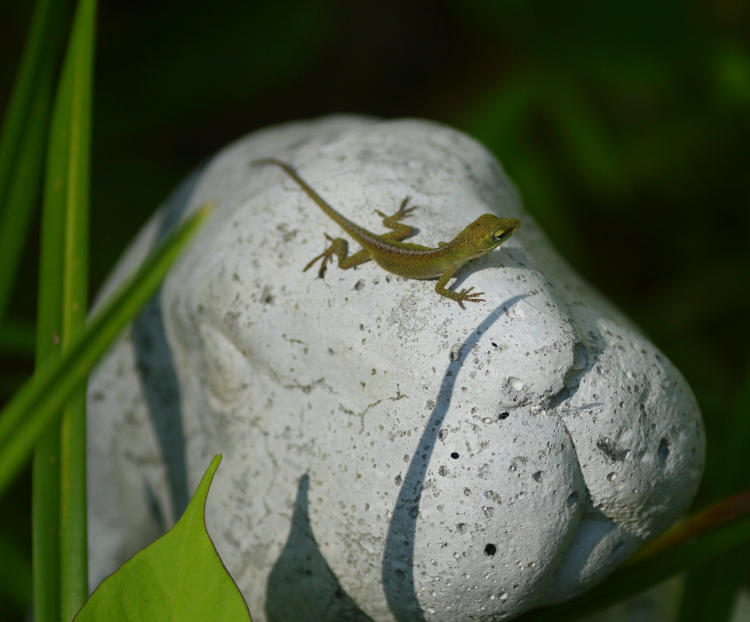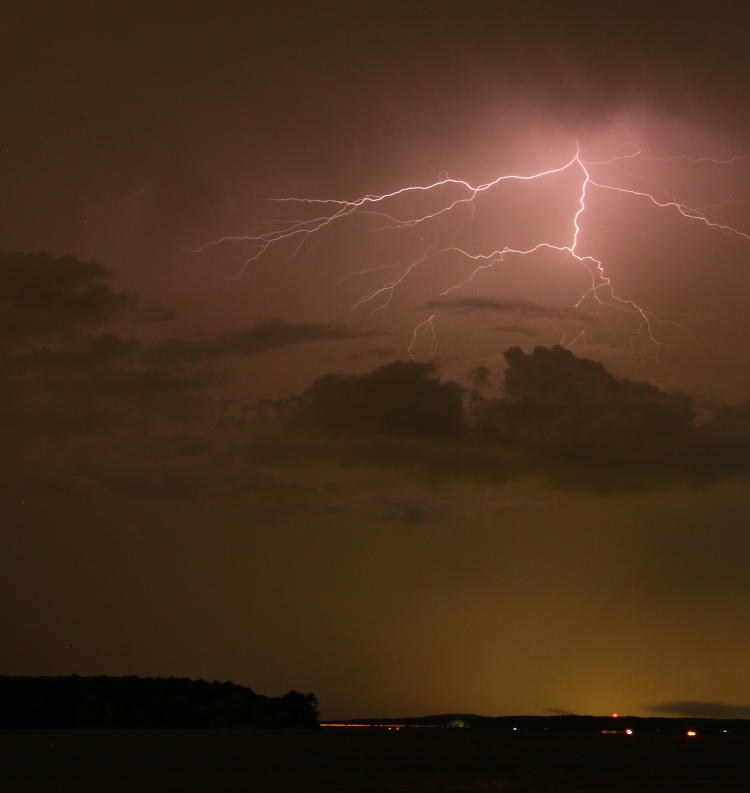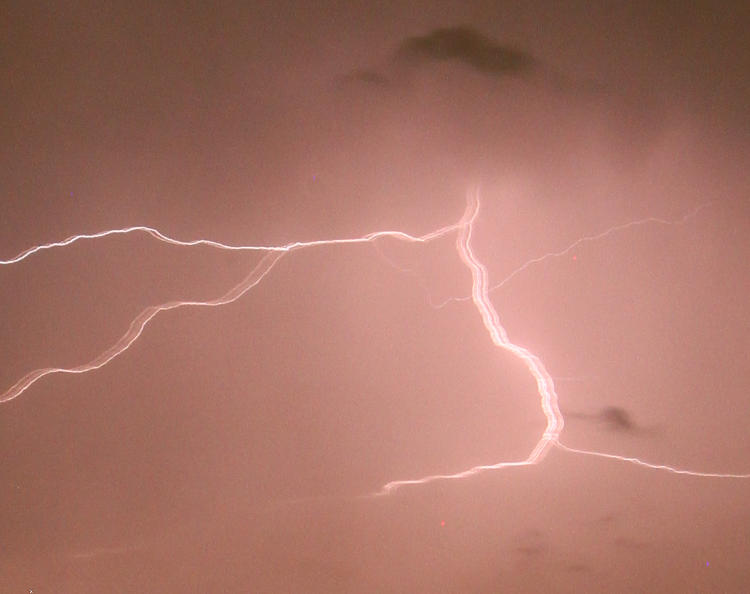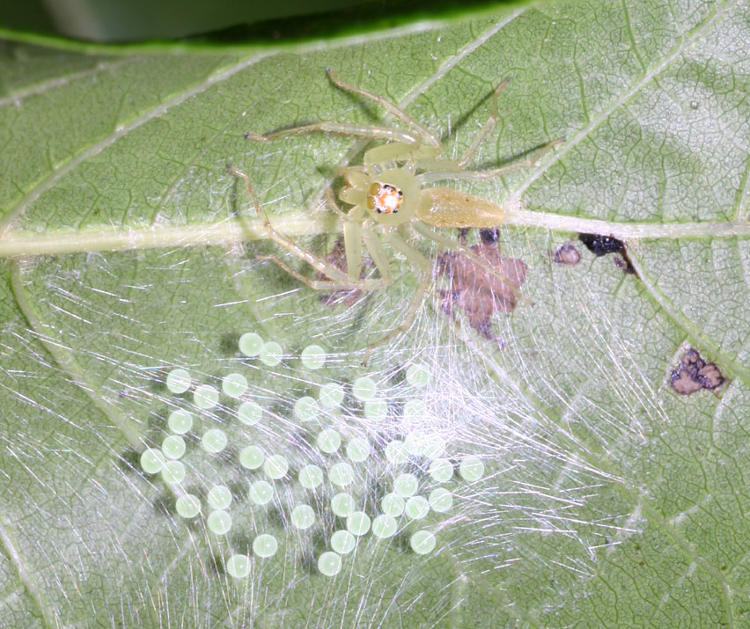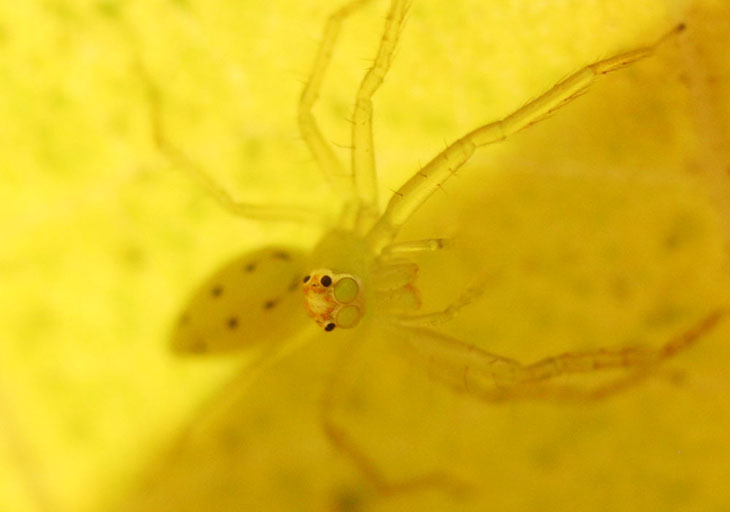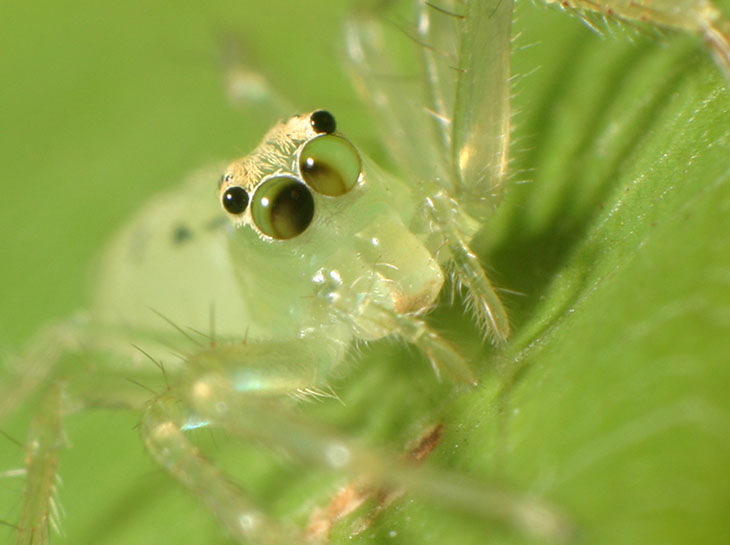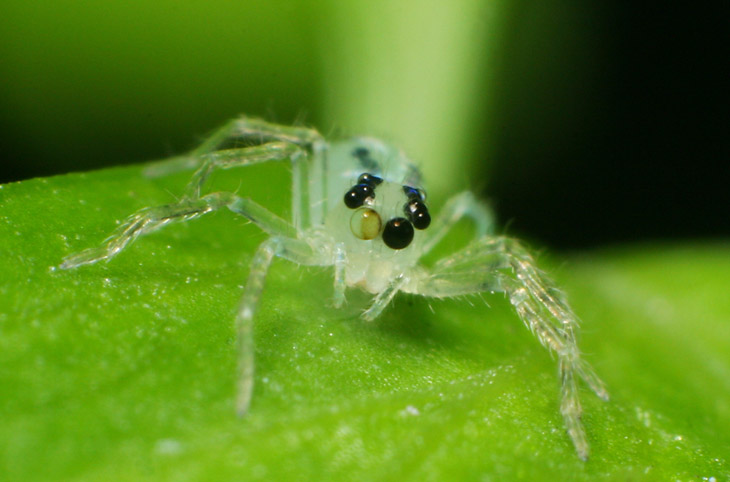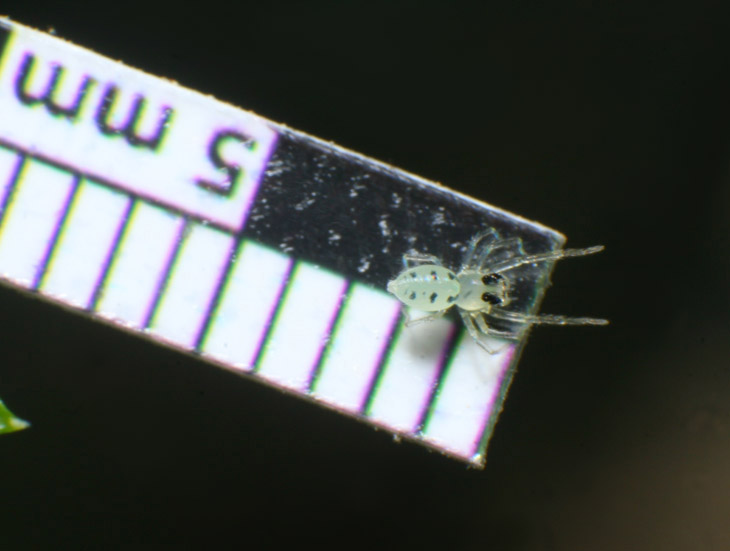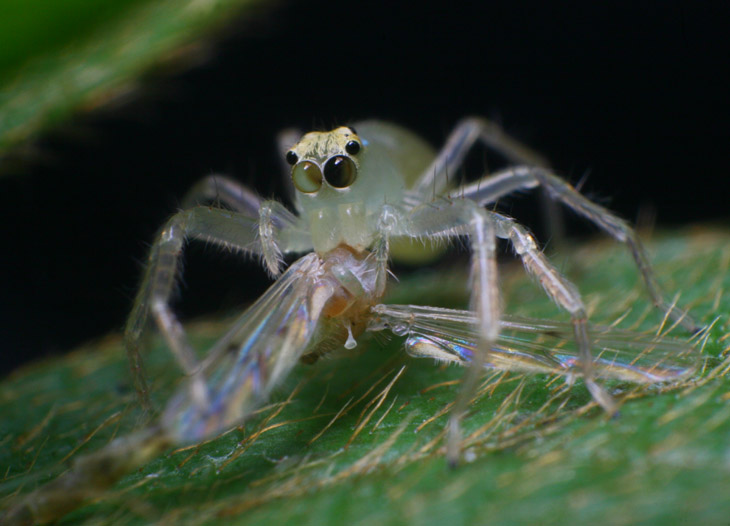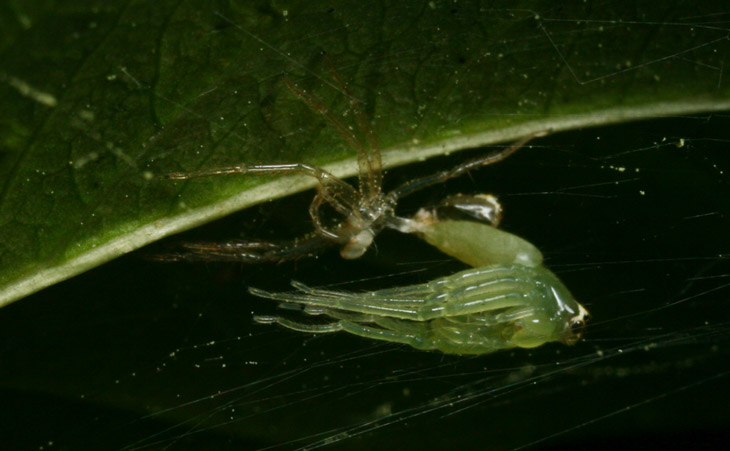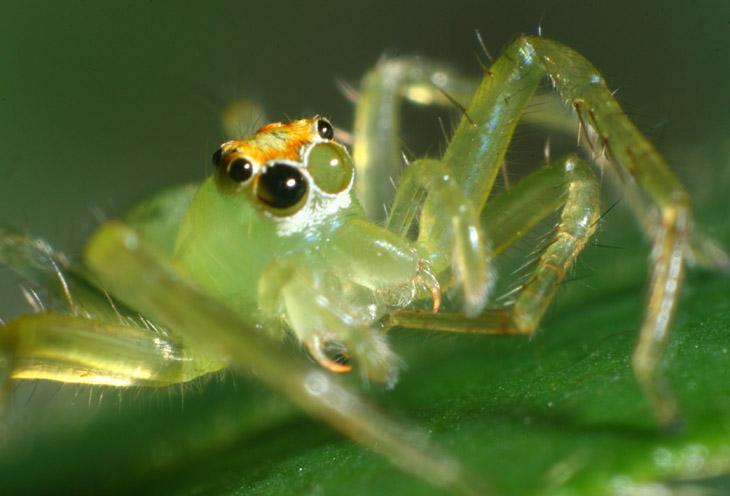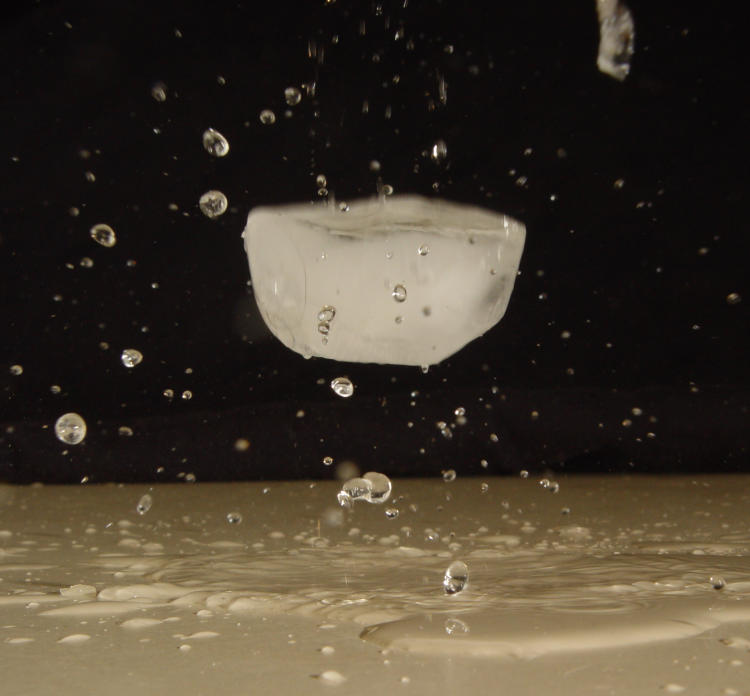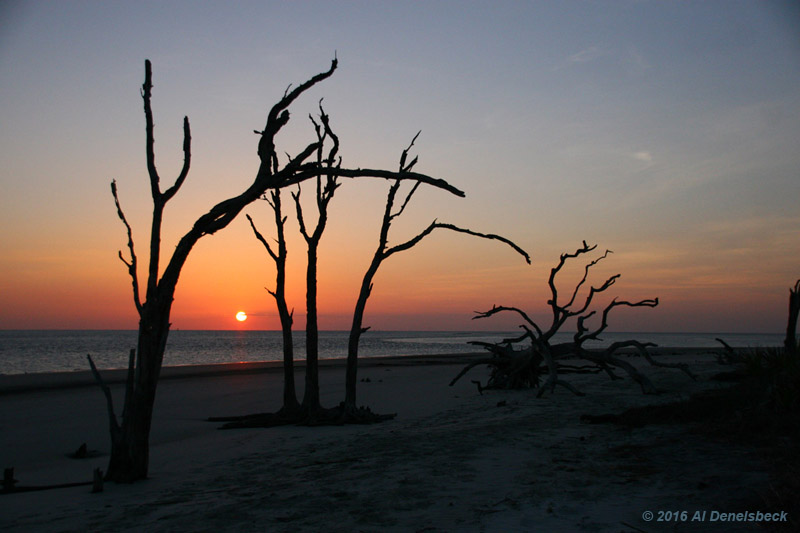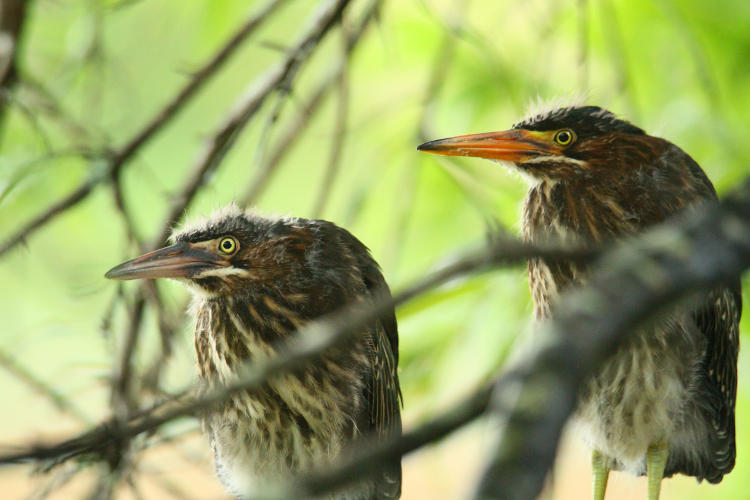We’re gonna jump the gun a little here and not post this on Tuesday as normal, because I’ve been putting this together over a period of weeks and don’t want to delay it even a couple more days. So let’s see what our opening image is.
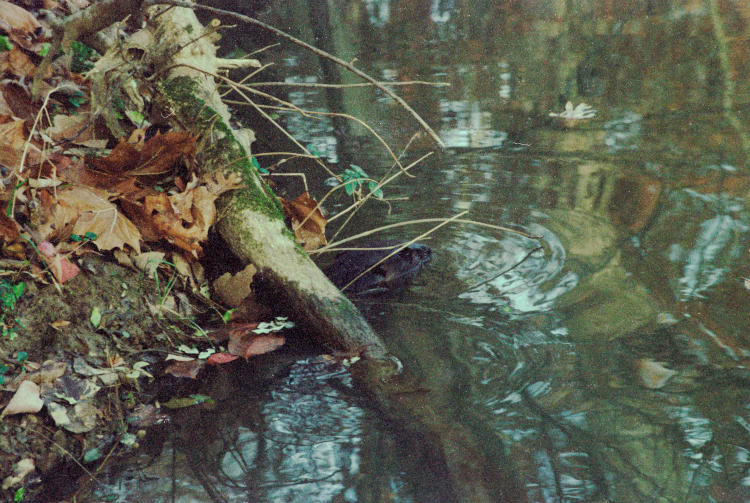
This dates from 1991 and is a negative of course, not too long after having moved to North Carolina. I discovered, quite by accident, that the creek behind the apartment complex hosted North American beavers (Castor canadensis) by hearing noises in the tall weeds near the banks and coming across an absolute monster, at least 18 kilograms in mass, who was not at all concerned about my presence. I was not armed with a camera then, so it took several more weeks before I found they were still active briefly after sunrise and began staking them out, resulting in the image above. At that time, this was with the Wittnauer Challenger rangefinder with its 50mm lens, so getting this close was actually an accomplishment – granted, the first encounter would have yielded a better pic than this, and convinced me to carry the camera more often.
From the same roll, we have the typical view, a head plowing shallow ripples silently through the water.
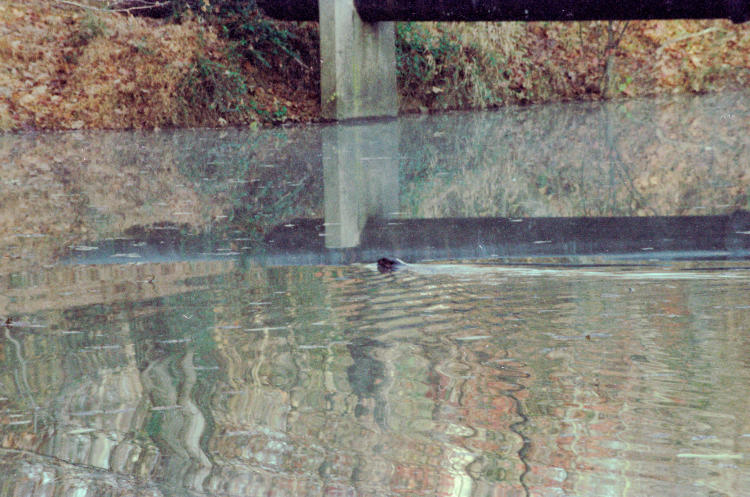
This eventually led to my joining the Beaver Project when I was employed by the local humane society, and despite observing lots of habitats, as well as doing dam remediation and giving public talks, the opportunities for more photos were few and far between. All told, less than a dozen images accumulated in a 30-year period. But that brings us to now.
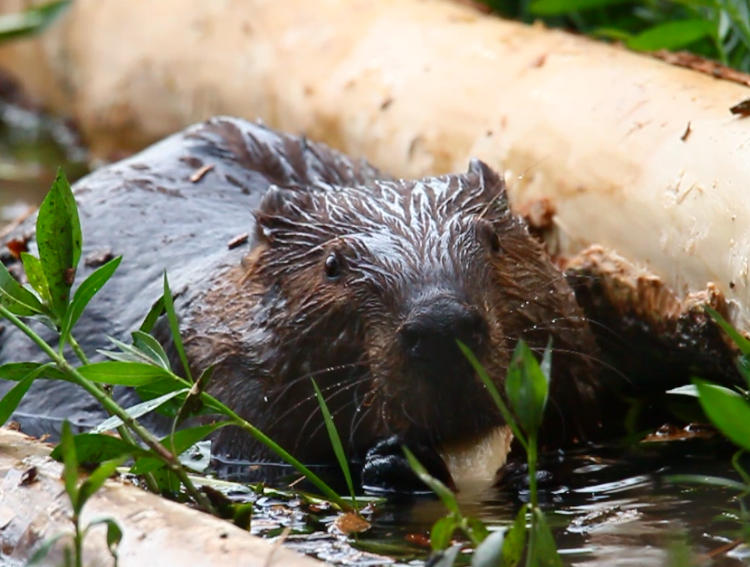
It started in February, and saw some some decent improvements in May, but I’ve been pursuing the images and video as we go, fitting it in where I can. The Mammals folder in my photo stock has undergone a significant expansion, and the video clips have exploded. So let’s see a few more of those, and the new discoveries; settle in, it’s not brief.
While I should probably have spaced these out into multiple, smaller/shorter videos, I knew about the baby beaver and was endeavoring to obtain some slick footage – this took some time. I feel the need to point out that, in the past two months, the weather has cooled down once, for a couple of days, so all of these were obtained in sweltering conditions, thus the video title. I finally got some nice clips only a few days back and felt I could continue with the video editing, which by now had grown to a serious collection (there are 36 separate clips in there, spanning a few weeks, and those are just the ones I selected.) And of course, the video techniques and accoutrements are expanding, slowly perhaps, but progressing nonetheless – there may be another post regarding some of the details.
Here’s a better peek at the rig and conditions (and my yarmulke,) courtesy of The Girlfriend:
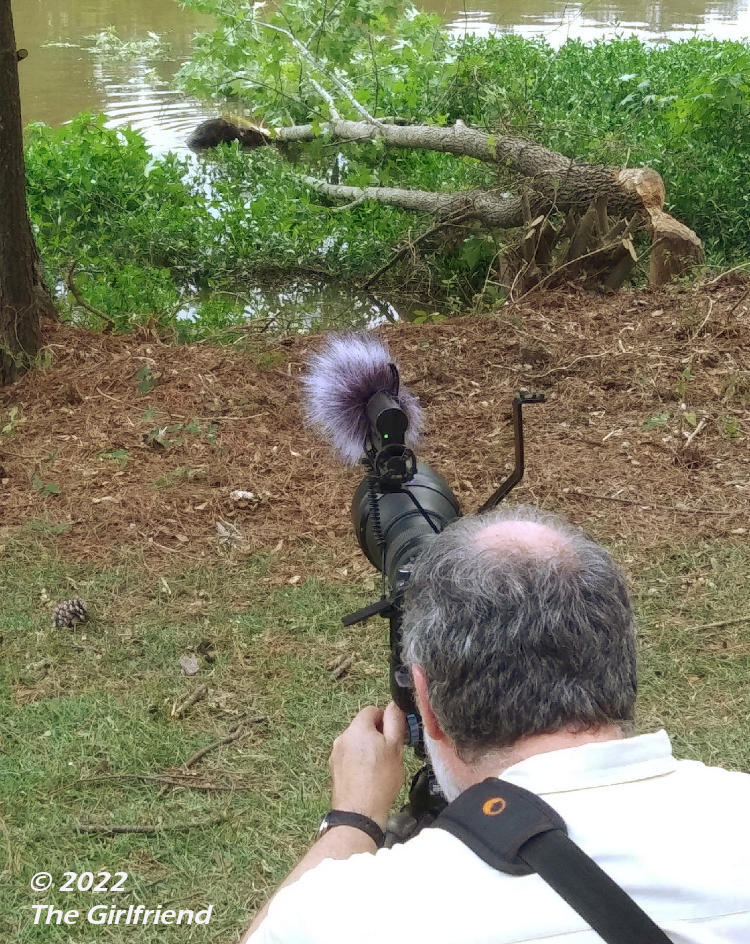
This was a fairly typical working distance, though perspectives and viewing angles changed a lot. The fuzzy thing above the camera is a ‘dead cat’ wind muff for the microphone (the little green light) and not my hairpiece blowing away. Shithead.
Still, a few details can only be glimpsed in the video, and I have some ancient photos that show things (slightly) better. Not only are these dating from 1992, they’re copy slides of original negatives which causes significant degradation and color shifting – this is as good as they get (and I did indeed look for the original negatives, but it seems they were lost somewhere along the way.)

This is an illustration of the foreclaws, showing their powerful nails for excavating burrows in the banks. I don’t recall the exact circumstances, but this beaver was deceased and undergoing a veterinary exam, and I was able to get a few frames for exactly this purpose (though how I knew 30 years ago that I was going to do this post remains a mystery.)

And this is the hindclaw, showing the strong nails but especially the webbing – the hind feet are the principle propulsion when swimming. We noticed something while observing the baby beaver: while the adults could swim smoothly and glided through the water, the baby tended to kick harder and thus moved a little jerkily, allowing us to differentiate who we were seeing when the size and scale were impossible to tell.
This specimen, by the way, is fairly comparable in size to the male seen in the video.

The tail of course, and it’s just as leathery as you might imagine it, with limited flexibility, a lot like a diving fin. I don’t believe there are any muscles through the tail, just at the base of it.
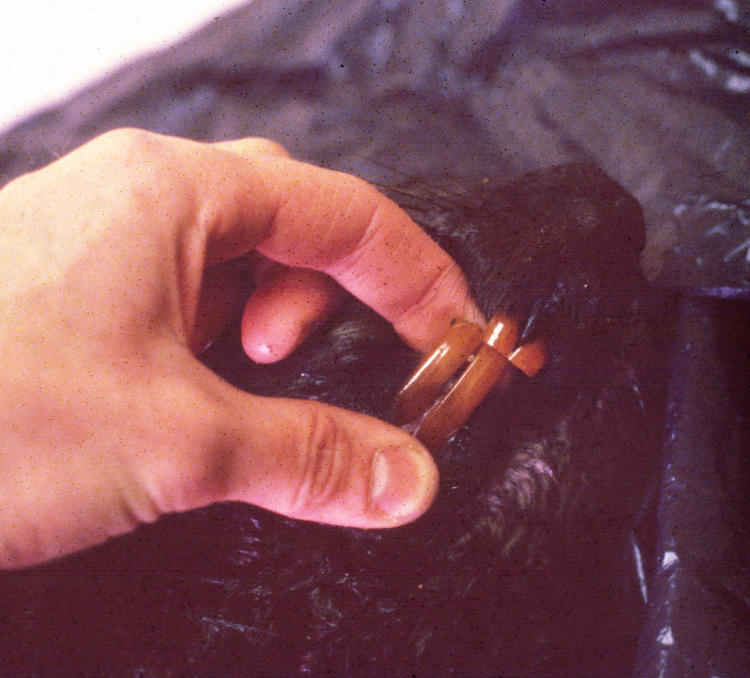
The powerful and very sharp teeth, which continue to grow during the beaver’s lifetime and are worn down constantly by all the activity. I had a beaver skull at one time (actually, it may well have been this one) and can tell you that the lower incisors extend way down into the mandible. But that color is only on the front surface, a thick layer of enamel, while the inner portions are softer and wear faster, naturally producing the necessary chisel shape.
Certainly a noticeable improvement, and it didn’t build slowly over the years, but blew up suddenly when a prime opportunity and conditions fell together; I now have more activity and behavioral images/video of the beavers than all previous efforts with both the mantids and the treefrogs, which dominate my stock solely from being readily found in the yard. Apples to oranges of course, and behavioral photos of beavers always remained a goal (like most local species) but never an immediate, driving one. Yet if the wind blows that way, I’m along for the ride.






























































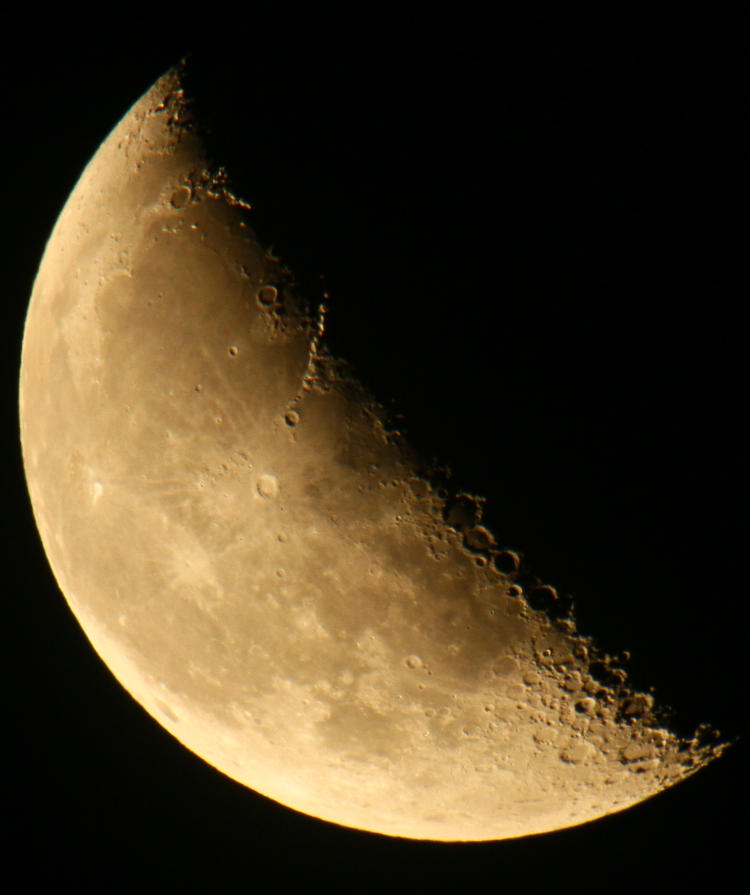
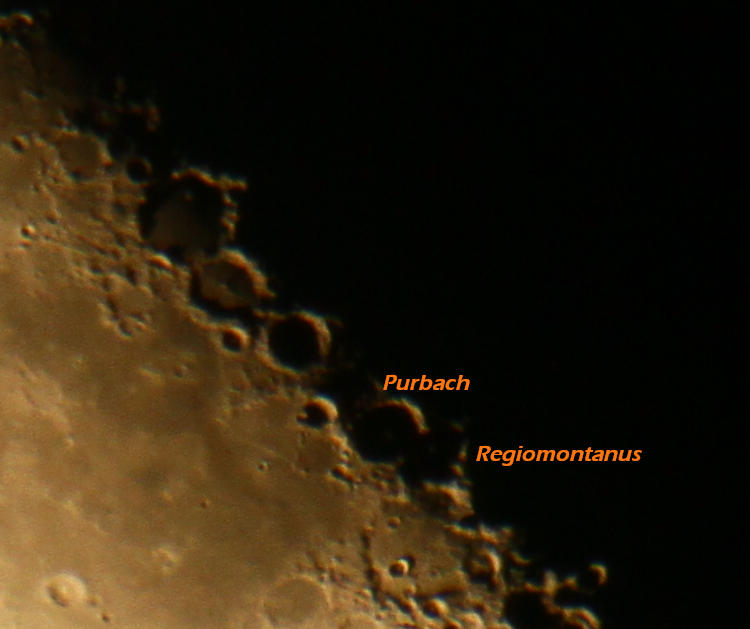

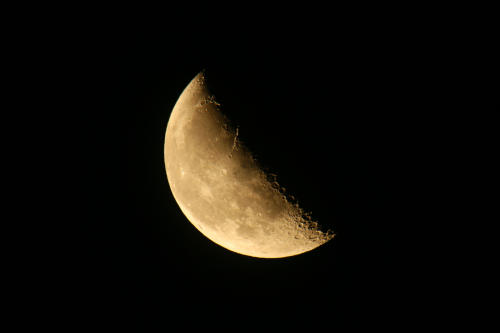 It was this frame that made me go back and look at the ‘properly’ exposed version; I’d thought I was seeing a few different central peaks in the viewfinder, but it turned out to be just the mostly-flat floors of a couple different craters, including those towards upper left. Even with the 2x teleconverter, the details of the moon are small, and I struggle to pin down the sharpest focus in the viewfinder, because autofocus is too imprecise. But these were so dim that there’s no way I was spotting those peaks – the image at right is pretty much what I was seeing, or at least it is if you have roughly the same monitor size and resolution as I do, which is unlikely, but what do you want from me?
It was this frame that made me go back and look at the ‘properly’ exposed version; I’d thought I was seeing a few different central peaks in the viewfinder, but it turned out to be just the mostly-flat floors of a couple different craters, including those towards upper left. Even with the 2x teleconverter, the details of the moon are small, and I struggle to pin down the sharpest focus in the viewfinder, because autofocus is too imprecise. But these were so dim that there’s no way I was spotting those peaks – the image at right is pretty much what I was seeing, or at least it is if you have roughly the same monitor size and resolution as I do, which is unlikely, but what do you want from me?